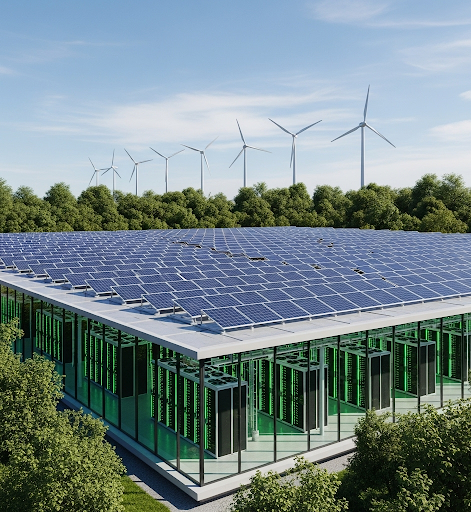Content authenticity has become a critical concern as artificial intelligence generates increasingly sophisticated text across various platforms and applications. Educational institutions, publishers, and businesses are actively seeking reliable free AI detector tools, not to bypass AI detection but to verify the originality of written content and maintain academic integrity.
These detection systems employ advanced machine learning algorithms to analyze writing patterns, linguistic structures, and statistical anomalies that distinguish human-authored text from AI-generated content. Many organizations prefer free solutions because they provide essential functionality without requiring substantial financial investment. This makes them accessible to smaller institutions and individual users. The widespread adoption of these tools reflects growing awareness about AI-generated content and the need for verification systems in our digital ecosystem.
Environmental Impact of Traditional Data Centers
Modern data centers consume enormous amounts of energy to power servers, cooling systems, and network infrastructure that support global digital operations. Traditional facilities rely heavily on fossil fuel-based electricity sources. Sadly, this is contributing significantly to carbon emissions and environmental degradation worldwide. These energy-intensive operations generate substantial heat that requires additional cooling systems, creating a cycle of increased power consumption that strains electrical grids and natural resources.
Server farms operating around the clock demand consistent power supply regardless of renewable energy availability. As a result, it is forcing many facilities to depend on coal and natural gas generators during peak usage periods. The environmental footprint extends beyond direct energy consumption to include manufacturing processes for hardware components and the disposal of obsolete equipment.
Renewable Energy Integration Strategies

Cloud computing providers are implementing comprehensive renewable energy programs to reduce their environmental impact while maintaining operational efficiency. Solar panel installations on data center rooftops provide clean electricity during daylight hours. Then again, wind turbine farms generate power in regions with consistent atmospheric conditions. Battery storage systems capture excess renewable energy for use during periods when solar and wind generation cannot meet demand.
Power purchase agreements with renewable energy providers enable cloud companies to support clean energy development while securing long-term electricity contracts at stable prices. These partnerships often involve constructing new renewable energy facilities specifically designed to supply data center operations with carbon-neutral electricity.
Green Computing Architecture Innovations
Sustainable cloud computing relies on revolutionary hardware designs that maximize computational efficiency while minimizing energy consumption per processing cycle. Next-generation processors incorporate specialized circuits optimized for common cloud workloads, reducing power requirements without sacrificing performance capabilities. Memory systems utilize advanced cooling techniques and low-power components that maintain data integrity.
Virtualization technologies enable multiple applications to share physical hardware resources more effectively, reducing the total number of servers required to handle equivalent workloads. Container orchestration platforms automatically distribute computing tasks across available resources. The implementation of these systems ensure optimal utilization while preventing individual servers from becoming overwhelmed or underutilized.
Carbon-Neutral Infrastructure Development
Leading cloud providers are investing billions of dollars in carbon-neutral infrastructure projects. These initiatives include constructing data centers powered entirely by renewable energy sources and implementing advanced cooling systems that use outside air instead of energy-intensive refrigeration equipment. Water conservation programs reduce the environmental impact of cooling operations by recycling and treating water used in heat management systems.
Carbon offset programs complement direct emission reduction efforts by funding reforestation projects, renewable energy development in underserved regions, and research into breakthrough clean technologies. Companies are establishing science-based targets aligned with global climate goals. Such organizations are committed to show their dedication in achieving net-zero emissions across their entire supply chain and operational footprint.
